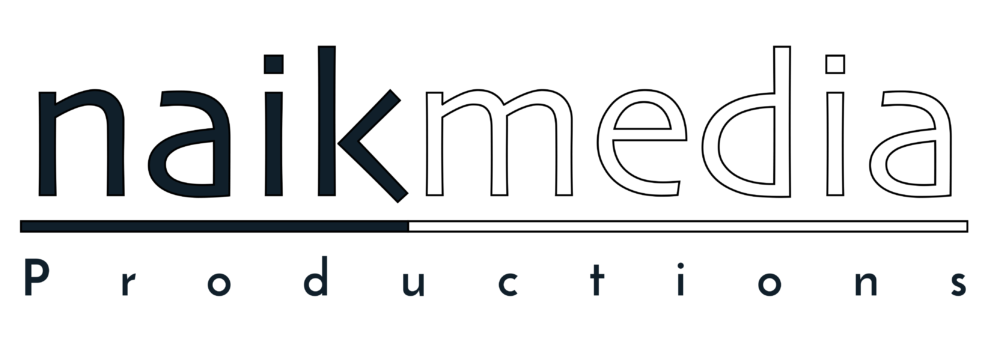Naik Media | North West Commercial Photography and Headshots | Cumbria – How Many Megapixels?
It’s important how many megapixels your camera has right? If it’s not the latest and highest number surely it’s not good quality? We’re being told a lot about the importance of high megapixel count for our cameras, but what’s the reality?
To understand how many you need is to know your final output, hopefully this article will help you find out.
Let’s start by taking raw numbers and translating that to print size:
The latest iPhone generation (7) is packed with a 12MP rear facing camera. This can print an image between A4 and A3 size. Canon’s latest professional photography camera (Canon 5D mk IV) will produce 30MP images which is almost an A2 print, while their top of the line professional stills camera (Canon 1DX mk II) is capped at 18MP which is an A3 print. An old Nokia phone was 42MP so could print shy of A1.

Does that mean that the old Nokia phone camera was best? Definitely not!
Printing
When we look at printing, we must consider the pixel density per inch (ppi) in order to know how large the image can be printed at 300ppi. This ensures maximum quality for the print and reduces loss of detail from pixelation which comes from blowing up an image too large.
Yet, when we are printing at much larger sizes, such as A2, A1, or beyond, the nature of the picture changes. In most cases, this will be an image intended to be viewed from a distance, where dpi (and therefore ppi) are less important. Printers will always aim to get as close to 300ppi, but for these larger sizes it would be acceptable to go to 150ppi. For banners, even 72ppi is considered okay!
You should discuss with your printer/graphic designer their desired specifications, and let your photographer know this requirement. It could mean bringing in extra equipment in order to achieve the higher pixel count.
Online publishing
Are you only putting the images online? In this case, there is a much lower requirement of megapixels. While the improvement of monitors and mobile devices with Retina (or similar) screens allow us to view much higher quality images online, there is still the balancing act of image quality vs compression.
Here again you must ask yourself what is most important: your webpage load speed or quality of the images?
If you, like me, will not wait around for a page that takes more than 10 seconds to load the main information, then you understand the importance of load speed! Then again, if your images are the most important aspect of the website, then over compression could damage their beauty.
This is something your web-team could help you with — if they tell you a maximum file size, your photographer can output the best quality image within that limit.
Further factors
Megapixels aren’t the only factor that plays a part in photographic printing/quality, we must also consider the following:
- Sharpness – how sharp is the image? Pro photographic equipment prioritises this over so many other factors. Compression is MUCH more obvious in the soft parts of the image. Often the difference between amateur and professional photography is the sheer difference in image sharpness and reduced aberrations.
- Processing – what has been done to the image? Over-sharpening, over-saturation, and over-boosting of clarity could ruin a print that’s at 300ppi.
- Compression – What’s the final file type/size? To us, compression is a dirty word, but it’s a necessity when most of our products go online. It’s a fine balance between image quality and compression every time we deliver a product to a client.

What’s best for me?
As I said before, this all depends on your final output.
Printing large (A3 plus)? Get a sharp photo with a high Megapixel count, output in a high-resolution lossless file type.
Printing Small – Medium ( < A3)? Get a sharp photo with a decent megapixel count, output in a high resolution lossless file type.
Online only? Get a sharp photo with a decent megapixel count, output in mid- to high-resolution in a lossy file type.
What do you use?
At Naik Media, we always aim to use the highest quality equipment for our commissions, but most importantly, whatever is appropriate for the project. This ensures that we provide the quality you want, but without increasing costs unnecessarily.

We generally shoot on Fuji X Series stills cameras using their pro-series lenses (this system is the sharpest we’ve seen) at 16MP to 24MP, and do our best to not crop below that. So far all our clients are pleased with the results this brings and are happy with our price point on this. However, where larger prints are called for, we bring in more specialised equipment (which does increase the cost).
Feel free to discuss your needs with us prior to commissioning a project. We just love talking gear (geeks!) so welcome the opportunity!
What about video? Check out our blog on 4K and who needs it!
